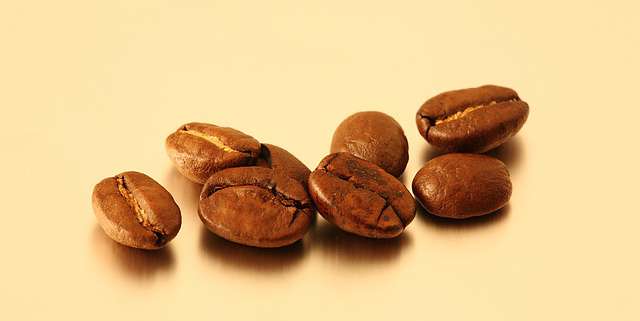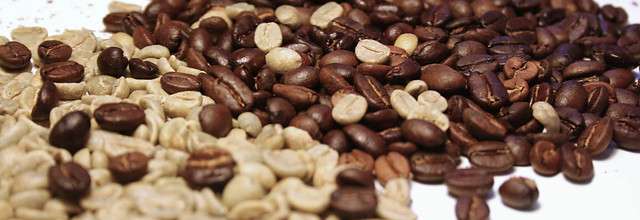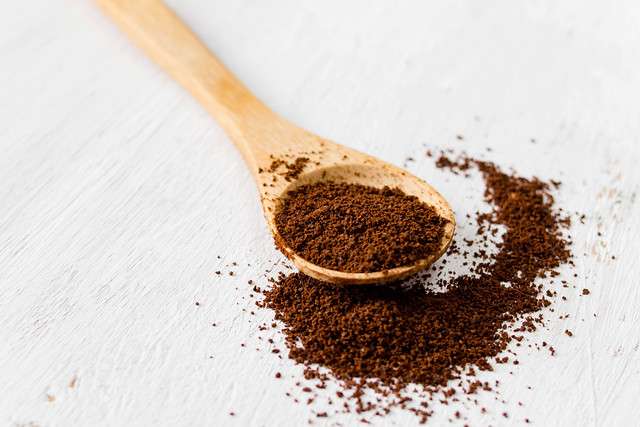Light Roasts Are a Sign of Complex Flavors
When a customer buys a package of light roast coffee beans or purchases a cup of coffee made from those beans, they expect a certain flavor and color profile. Generally, light roast coffee tastes more complex than darker roasts, with strong fruit and floral flavors.1 If a roaster leaves the beans over the heat for even a few minutes too long, these fruity and floral notes will begin to disappear, resulting in a darker coffee that tastes richer and less complex, with even some hint of bitterness.
This is why coffee color analysis is perhaps more vital for lighter roasts than for any other coffee style. While it’s still important to have a consistent roast no matter how dark you make it, a light coffee roast often has more delicate flavors that you’ll need to protect during this process—you can’t over-roast these beans for even a moment too long without risking a bitter aftertaste.
Unfortunately, our eyes often have trouble detecting the subtle difference between a light roast bean and one that is veering into a medium or dark roast range. If for instance, you look at HunterLab’s Coffee Color Index (HCCI), you’ll see that light roasts range from 21.8 to 12.7 on the scale. Although you might be able to clearly see the difference between a very light roast (21.8) and a medium-light roast (12.7), the difference between more subtle shade changes will be less obvious. A light roast (18.8) and a moderately light roast (15.7) could look almost identical to the naked eye, even though one tastes more bitter and less fruity. A spectrophotometer can help you identify these subtle shade changes in your beans, leading to more refined flavors and far more precision than you could achieve by estimating the color yourself.
Coffee Color Analysis Helps You Calibrate Roasters
The most important tool in a light coffee roaster’s arsenal is a roaster that gives every bean a touch of golden caramel without taking the pigment too far. The problem is that coffee roasters vary significantly in quality and even the heat source itself could change the way that each roaster toasts the beans. 2 For example, if your gas heat is set lower on one roaster than it is on another, they’ll produce two completely different colored roasts despite having identical roasting times.
A spectrophotometer can help you calibrate your roaster and heat source by giving you an accurate measurement of yourideal bean color as a baseline. First, you can use coffee color analysis on beans roasted by one piece of equipment, noting how long it took the beans to reach that ideal color and the steps you had to take to achieve it. From here, you can follow these same steps on your second roaster or on any new roasters that you purchase. How does the color compare to your ideal first batch? If they’re not the same, then it’s a sign that your second roaster either differs in quality from your first or that your heat source is too strong or too weak, depending on the shade of the roast. Using this data, you can customize your roasting technique for every piece of equipment you use, ensuring that all of your coffee beans are exactly the same color. This is an especially useful tool for medium and large-scale roasting companies working with multiple pieces of equipment.





